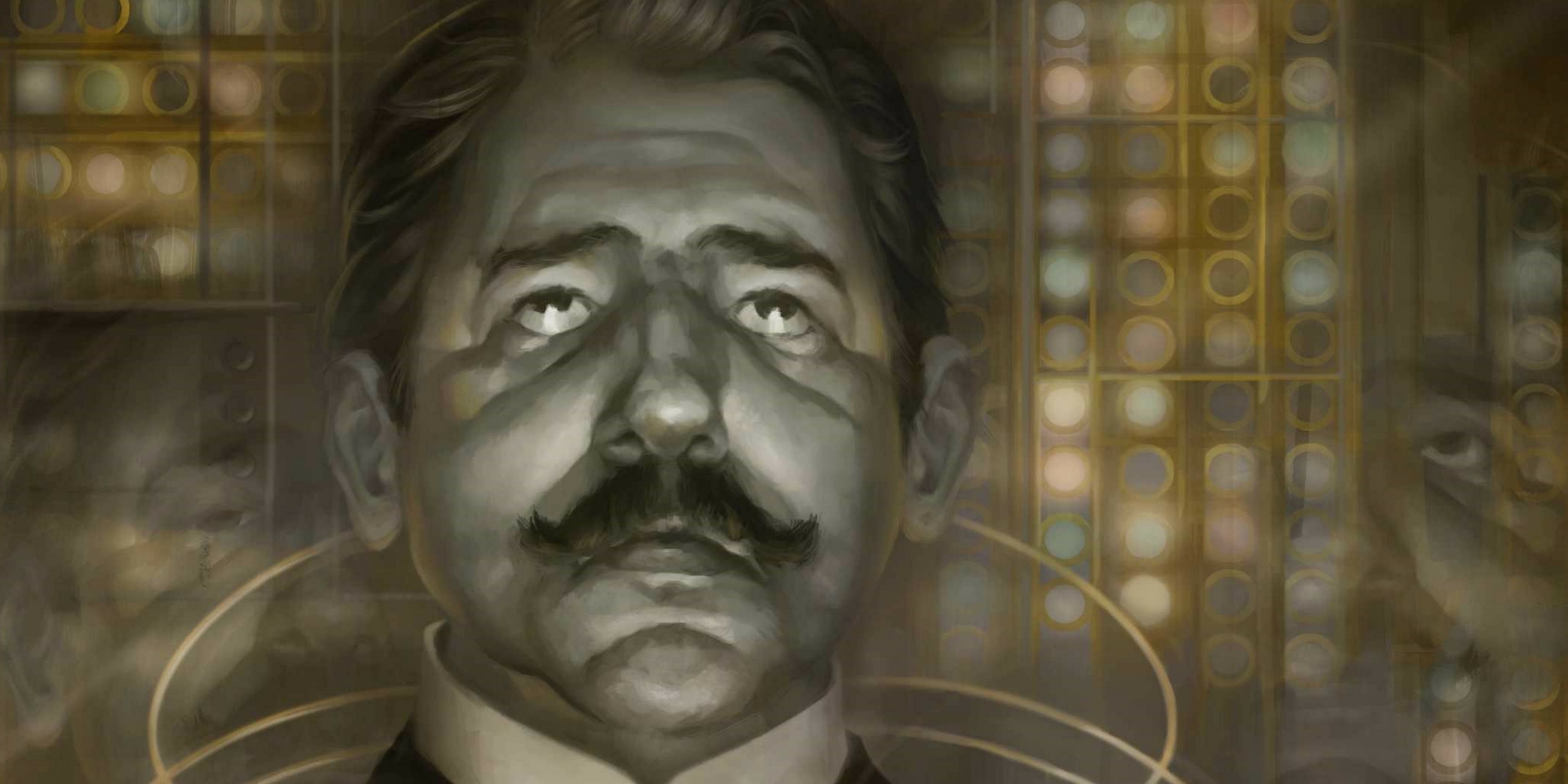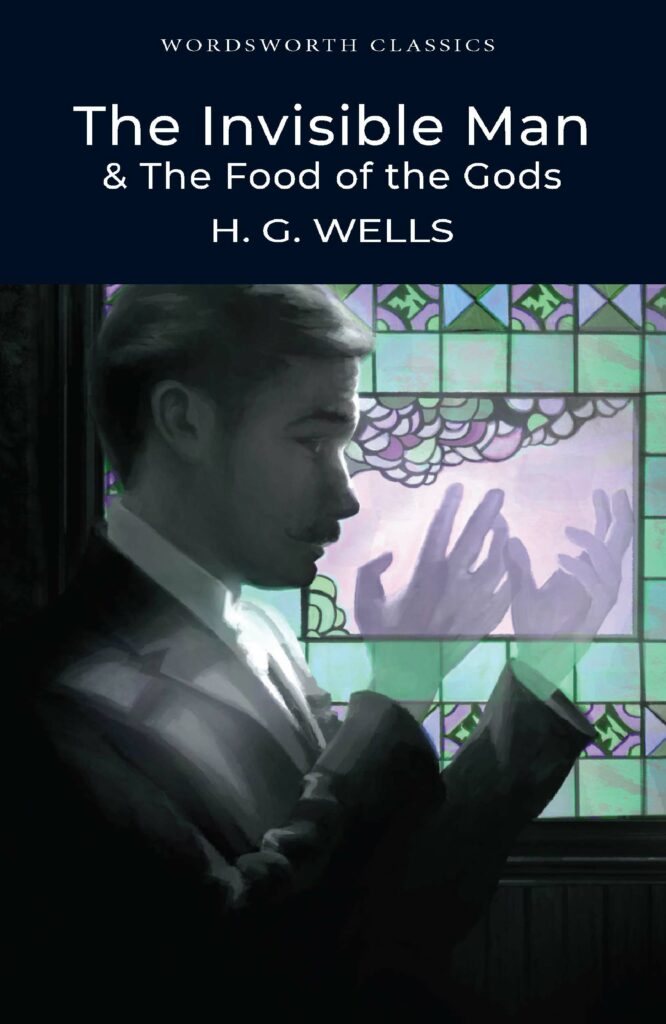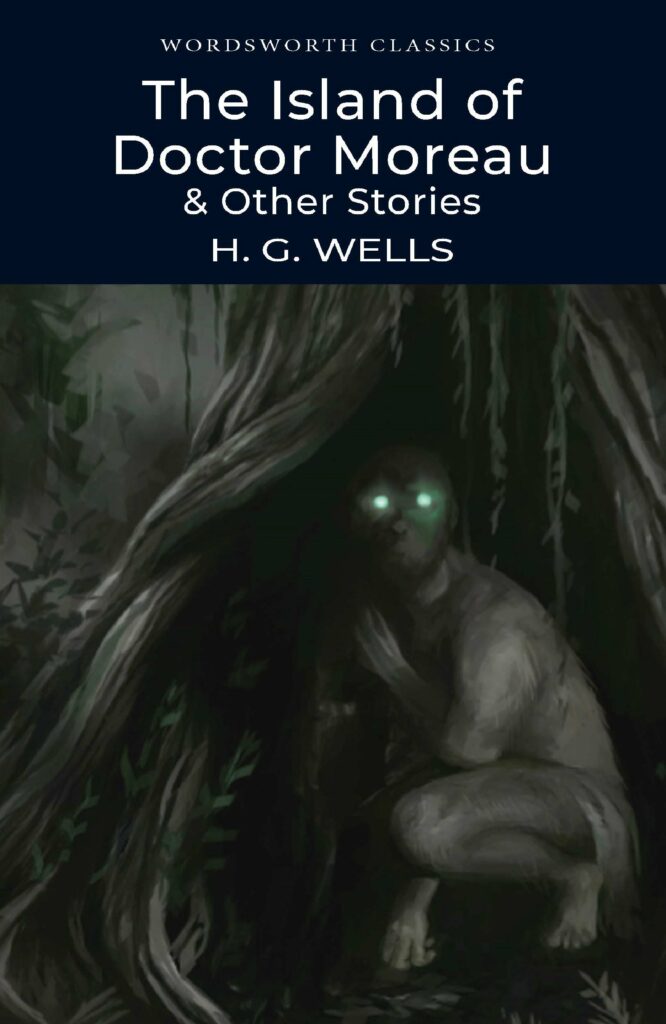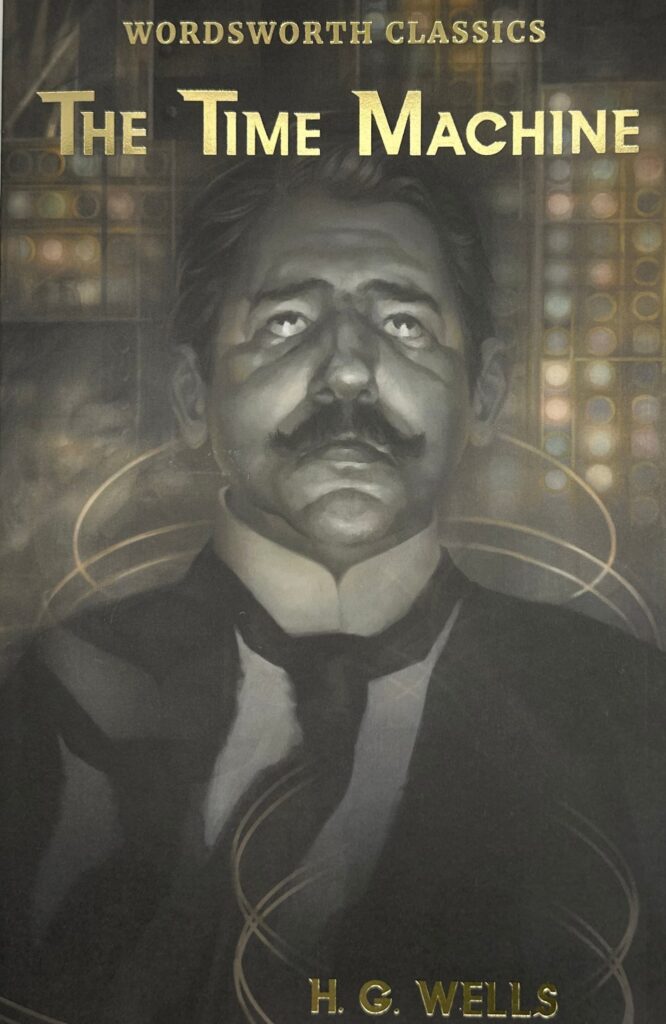
What If… The science fiction films of H. G. Wells
Part One of David Stuart Davies’ review of how Wells’ classic novels have fared on the big screen.
In 1895, Herbert George Wells became an overnight literary sensation with the publication of his first novel, The Time Machine. The success of this book triggered an incredibly industrious and creative period of about six years when Wells wrote his most memorable and brilliantly conceived ‘scientific romances’. In quick succession, he published The Island of Doctor Moreau (1896), The Invisible Man (1897), The War of the Worlds (1898) and The First Men in the Moon (1901). So rich in imagination, fancy and drama were these tales that it is no wonder that they were taken up by film-makers to realise them in cinematic terms – and indeed they continue to do so.
The Time Machine
The novel follows the adventures of a Time Traveller who journeys into the future to find that humanity has evolved into two races: the peaceful Eloi and the carnivorous, predatory Morlocks. After narrowly escaping from the Morlocks, the Time Traveller undertakes another journey even further into the future where he finds the earth growing bitterly cold as the heat and energy of the sun wanes. Horrified, he returns to the present but soon departs again on his final journey.
The Time Machine has been adapted into three feature films, the first in 1960 starring Rod Taylor as the intrepid Traveller. Directed by George Pal, it won an Academy Award for the time-lapse photographic effects showing the world changing rapidly. In typical Hollywood style, the screenplay introduced a romance between the Traveller and one of the pretty blonde Eloi girls and at the end of the movie he returns to the future to be reunited with her.
In 1978 Sunn Classic Pictures produced a television film version. It was a modernization of the Wells story, making the Time Traveller a 1970s scientist working for a fictional US defence contractor, the ‘Mega Corporation’. Dr Neil Perry (John Beck), the Time Traveller, secures a grant of $20 million to create his time machine. Although nearing completion, the corporation wants Perry to put this on hold so that he can head a military weapon development project. Perry ignores their demand, completes the time machine, and travels into the future to supply proof that the current military agenda will lead to global devastation. Neil witnesses the fiery destruction of civilization, but also the re-emergence of nature from the wasteland. During the devastation, humanity had retreated underground but eventually, some decided to return to the surface. Those who did so became the Eloi. Those who remained underground were the Morlocks who have begun to ‘harvest’ the Eloi for food. As in the earlier movie, the Traveller forms a relationship with an Eloi girl, Weena. On his return to the present Perry gives his report to the authorities but discovers they are not concerned about saving the world from destruction. Instead, they are only interested in using the time machine to gain a military advantage over other world powers. Perry leaves them and returns to Weena and the Eloi, who are now free of the Morlocks.
The third version of the story appeared in 2002 and starred Guy Pearce as the Time Traveller, a mechanical engineering professor named Alexander Hartdegen. The film was directed by Wells’ great-grandson Simon Wells. The setting is changed from Richmond, Surrey to downtown New York City. Hartdegen moves forward in time to witness an orbital lunar catastrophe in 2037, before travelling on to 802,701 for the main plot with the Eloi and Morlocks. He later briefly finds himself in 635,427,810 when the world is engulfed in toxic clouds and the land is laid waste with devastation. He finally returns to his Elioi girlfriend, Marla, in the year 802,701.
It is fair to say that Wells’ novel has been the inspiration for all time travelling movies and stories that followed in his wake. Indeed, his Time Traveller was very much the forefather of the most famous of all such characters: Doctor Who.
This groundbreaking novel dealing with the very controversial subject of experimenting with animals and humans resulted in an equally controversial movie in 1932 re-titled Island of Lost Souls. Moreau, played by Charles Laughton, is attempting to transform animals into humans through ‘plastic surgery, blood transfusions, gland extracts, and ray baths’. There is just one woman on the island who was derived from a panther: ‘She lured men on – only to devour them body and soul’. The film was examined and refused a certificate three times by the British Board of Film Censors in 1933, 1951, and 1957. The reason for the initial ban was due to the scenes of vivisection. H. G. Wells was outspoken in his dislike of the film, feeling the overt horror elements overshadowed the story’s deeper philosophical meaning. The film was eventually passed after cuts were made with an ‘X’ certificate on 9 July 1958. As a sign of the changing times, the movie was later classified as a PG on its DVD release in 2011 with the cuts reinstated. There were two further film versions of this story. The first was in 1977 and starred Burt Lancaster as the doctor and the second was released in 1996, with Marlon Brando as Moreau. Neither of these two movies had the power and drama of the first.
The technical wizardry of Hollywood helped to turn the 1935 version of Wells’ The Invisible Man into a visual tour de force. Claude Rains portrayed the title character but mostly only as a disembodied voice. Rains are only shown clearly for a brief time at the end of the film, spending most of his on-screen time covered by bandages. Although the basic framework of the story is largely the same as in the novel, there are several great differences. The novel is set in the 1890s, while the film takes place in 1933. In the novel, Griffin, the Invisible Man, remains almost a totally mysterious person, with no fiancée or friends; in the film, he is engaged to a beautiful woman and has the support of her father and his associate. In the novel, Griffin is already insane before he makes himself invisible and he is entirely motivated by a lust for power; in the film, Griffin is driven mad by the drug that he takes to make himself invisible.
The film was a great success and in time Universal created a series of Invisible Man films which had no real connection with Wells’ novel apart from the fact that the lead character was invisible. He achieved the final ignominy when he ended up meeting the comedy duo Abbott & Costello in 1951. In February 2016, it was announced that Johnny Depp was to star in a new adaptation of the story. We shall have to wait and see if this comes to pass.
Books associated with this article

The Invisible Man & The Food of the Gods
H.G. Wells

The Island of Doctor Moreau & Other Stories
H.G. Wells
